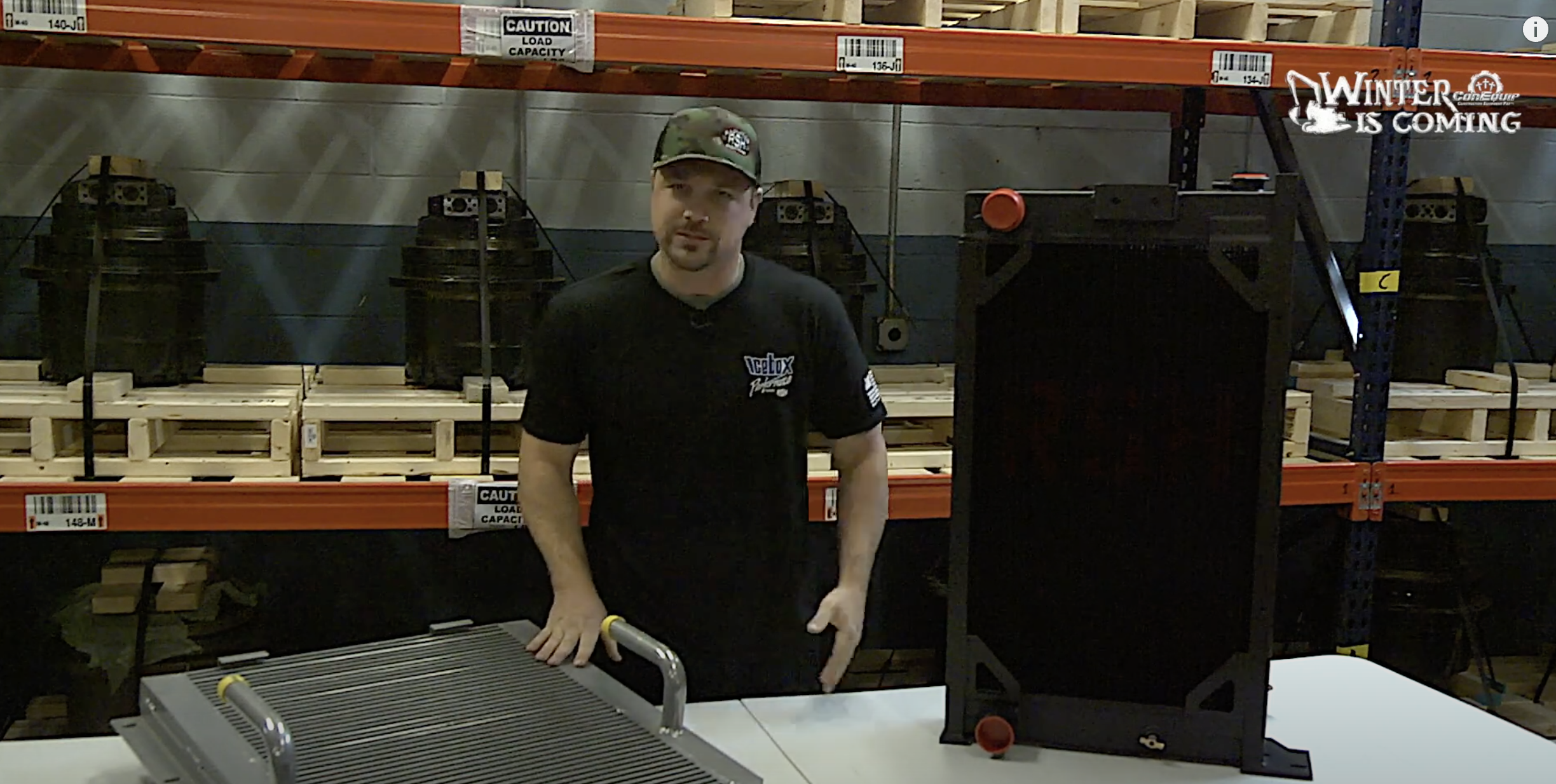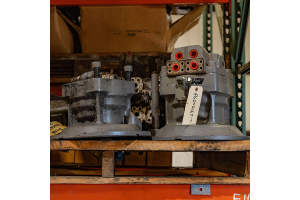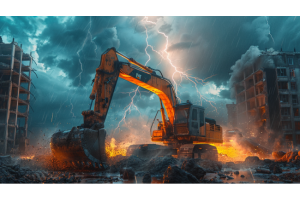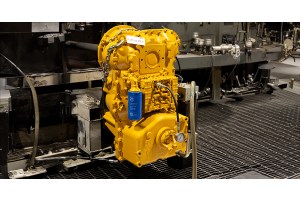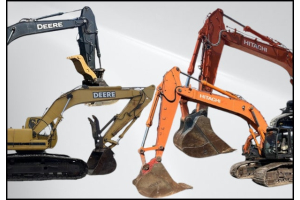Radiators
If you own a car, you've probably had to deal with the radiator. Usually, the experience is when the radiator failed the the engine overheated. NOT FUN.
A radiator is vital part of heavy construction equipment's cooling system, which also includes a liquid coolant, hoses to circulate the coolant, a fan, and a thermostat that monitors the coolant temperature. The coolant travels through the hoses from the radiator, through the engine to absorb the excess engine heat, and back to the radiator.
Once it returns to the radiator, thin metal fins release the heat from the coolant to the outside air as the hot liquid passes through it. Cool air flows into the radiator through the car's grille to aid in this process, and when the machine isn't working, the system's fan will blow air to help reduce the heated coolant's temperature.
After the coolant passes through the radiator, it recirculates through the engine. This heat exchange cycle is continuous to maintain an optimal operating temperature and prevent the engine from overheating.
Radiators can fail to cool the engine if temperaturs outside are very hot, there are leaks in the hoses, the radiator is low on coolant, or the thermostat isn't working.
To help avoid unexpected problems, have old hoses changed out, check the coolant at least once a week, have the coolant flushed out, and keep debris away from the radiator.
Oil Coolers
Oil coolers keep your engine oil within an optimum temperature to ensure it can handle extreme conditions.
Oil coolers are similar to a radiator. It consists of tubes and fins that allow for air to pass through. Oil coolers are usually placed in front of or behind radiator or fans to get maximum air flow and attach to an adapter near the oil filter to ensure adequate pressure through the system. Oil is air cooled as it circulates through the cooler before it returns to the engine.
Oil coolers reduce the chance of overheating under extreme conditions.
If installed correctly, oil coolers won't need much maintenance. Like radiators, make sure to keep the cooler clean of debris, and check for leaks. And always change your oil at the recommended intervals. This helps to reduce the chance that the cooler will plug internally.
Some of the most common problems are cracks and leaks in the cooler. Rust often causes leaks, but vibrations can also contribute to this problem.
Another common problem is either the coolant leaks into the oil or vice versa. This could result in oil inside the combustion chamber or a swollen radiator. If you don’t catch this problem early, then you could have serious engine problems. Coolant in the oil is especially bad because it lessens the oil's lubrication ability.
